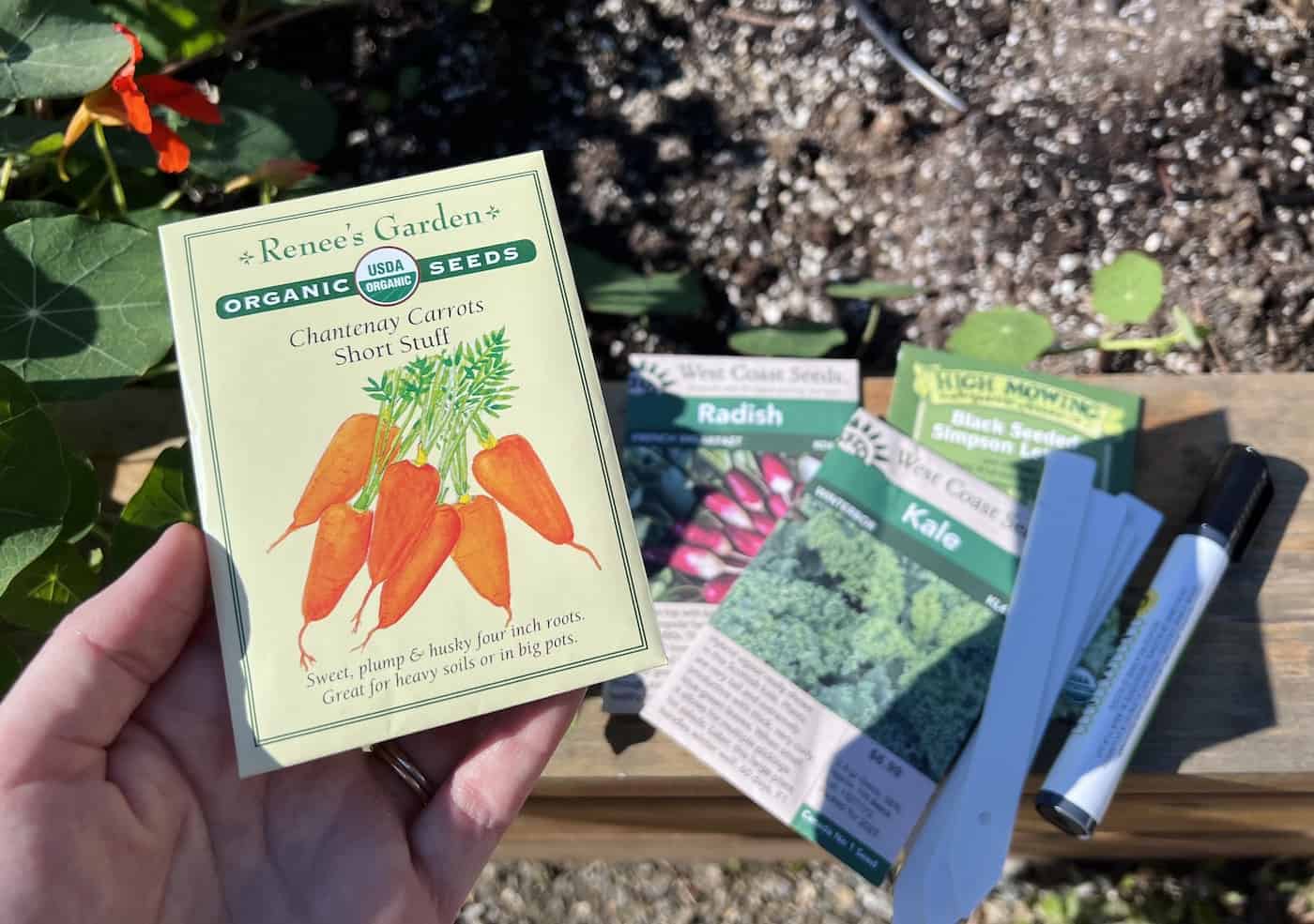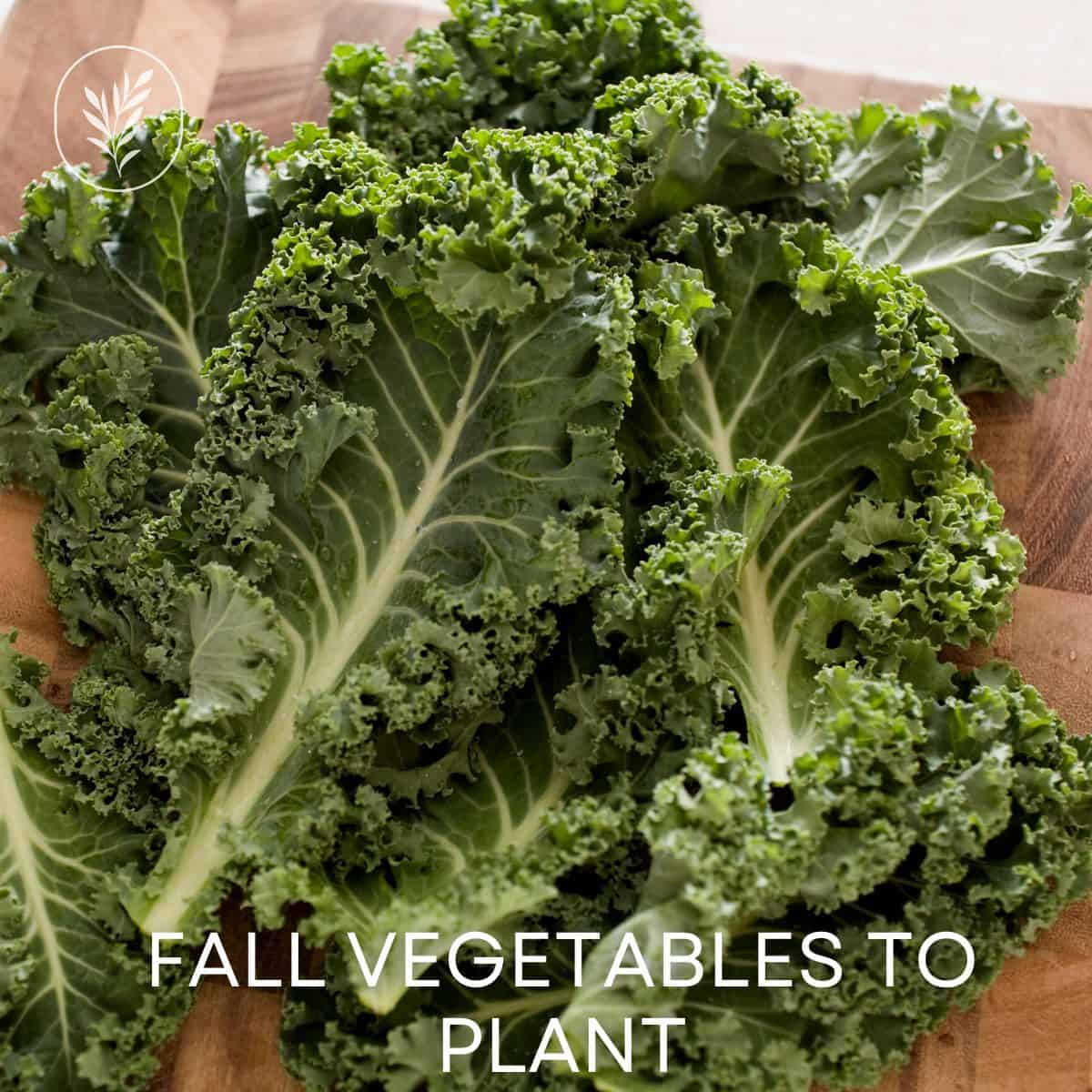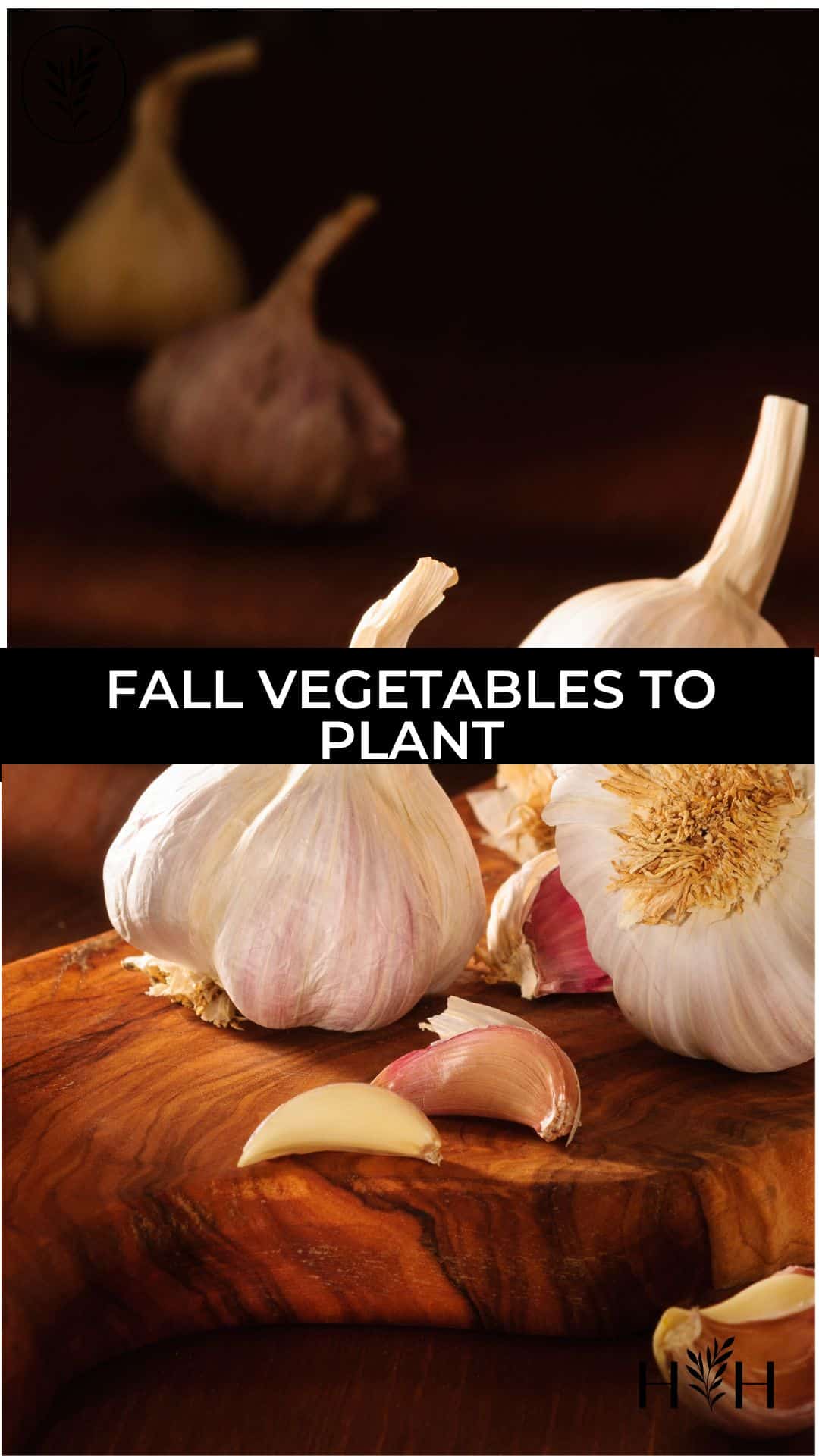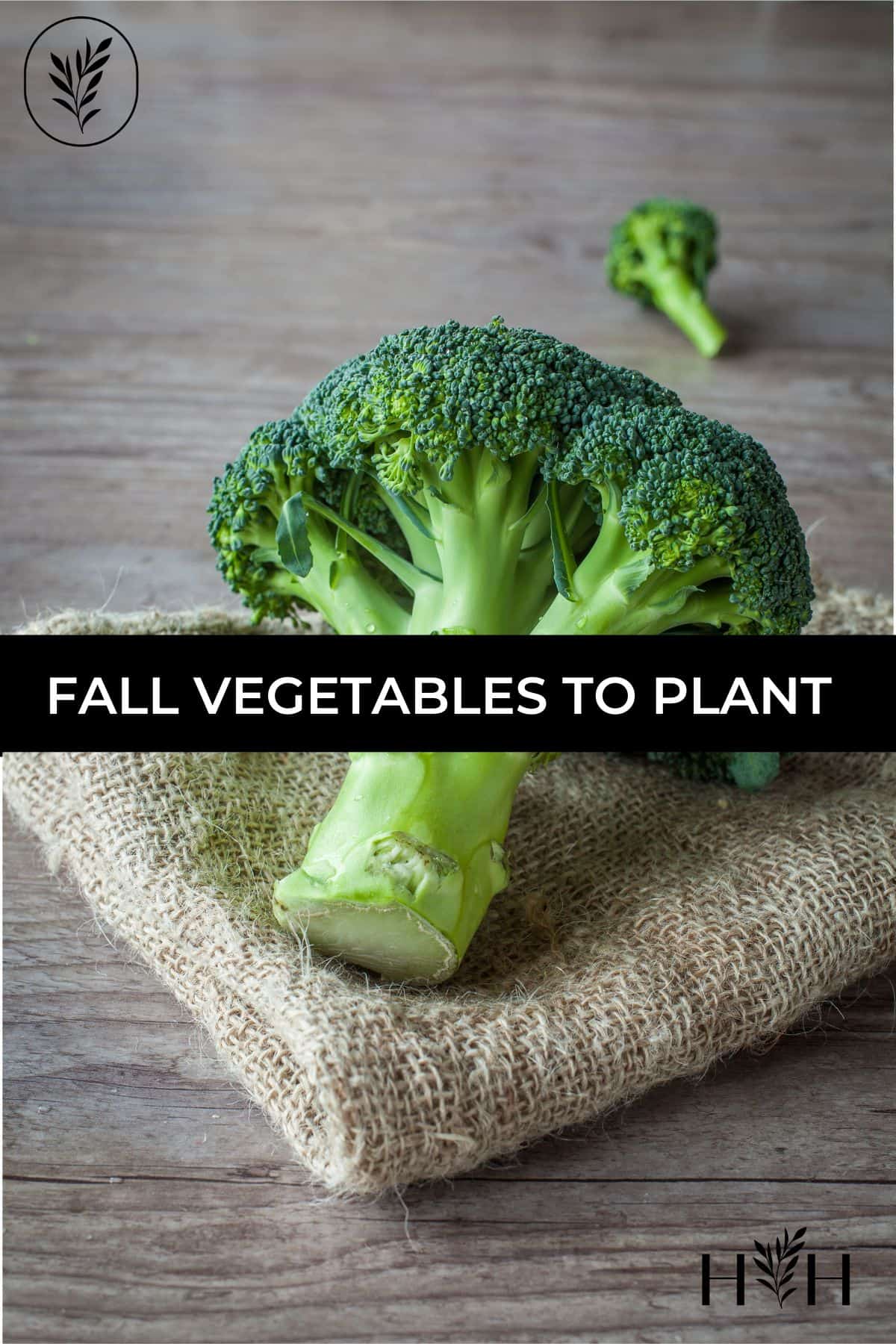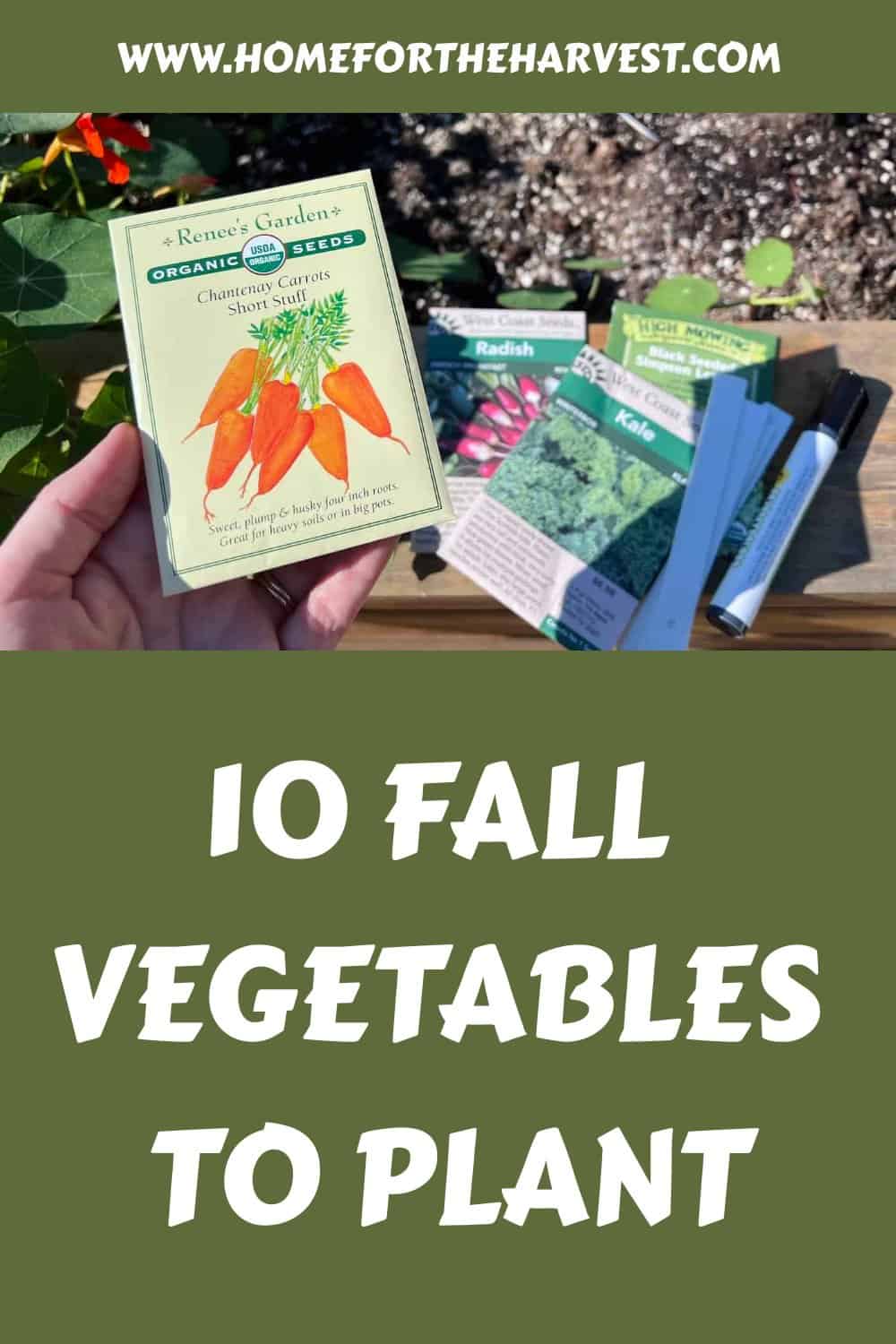Fall can be a great time to plant many cool-weather crops that thrive without summer’s harsh heat and direct sunlight. So many wonderful leafy greens and root vegetables will flourish in the fall. Here are 10 fall vegetables to plant in early autumn to maximize your garden during the off-season.
1. Carrots
Carrots can be planted in both the spring and early fall. Ideally, seeds for this cool-season crop should be planted 10 to 12 weeks before the first frost in the fall (so they may need to be planted in late summer in cooler spots). To help them grow to a significant size over winter, a polytunnel or greenhouse is your best bet (but it isn’t strictly necessary). There are many different types of carrots to choose from.
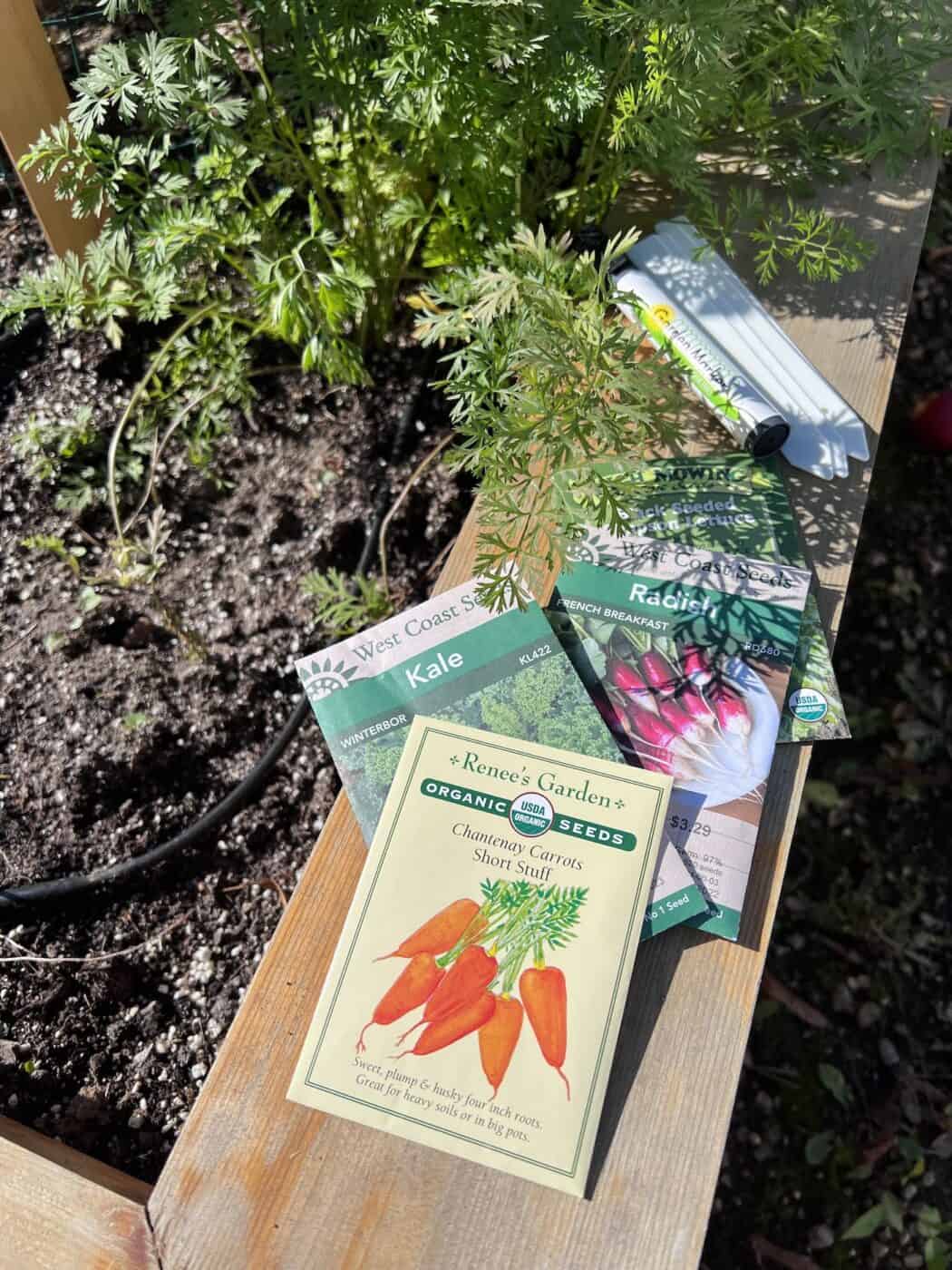
2. Lettuce
Lettuce is a perfect crop to grow in cooler weather because summer heat can burn its leaves and make the plants bolt. Lettuce seeds can be saved from early spring plants for planting in late summer or early fall. Some great varieties of heirloom lettuce for seed-saving include Marvel of Four Seasons lettuce, Black-Seeded Simpson lettuce, and Buttercrunch lettuce.
3. Kale
Kale will fit right in with your other fall garden vegetables. Kale is known to do well in cool temperatures and has even withstood impressive winter temperatures as low as eight degrees. The best time to sow kale seeds is about six weeks before the first frost date. Plant a few seeds each week or two through early fall to cover your bases for an ongoing harvest.
4. Brussels Sprouts
Brussels sprouts are great for growing in early fall. They can be a bit tricky to grow and take quite a while to grow to harvest (80 to 100 days). These are another cool-season crop that can easily withstand the cooler temperatures. Given its long growing season, consider a row cover to help deter pests (such as birds).
5. Broccoli
Broccoli works in some climates for fall planting because the head will taste sweeter when it matures in lower temperatures. Higher temperatures can cause bitterness, smaller florets, and loose heads to form. Broccoli loves the sun, so plant it in a sunnier area and ensure the soil is well-drained. If you keep it both moist and rich—you should have healthy, tasty, and full heads of broccoli in roughly two to three months. Row covers will help protect the plants when growing through cold winter months.
6. Cauliflower
Cauliflower is great for planting in early autumn but does need to be planted about 6 to 8 weeks before the first frost. They like the sun but need to be protected from too much heat as it’s a cool-weather crop. Like broccoli, cauliflower loves moisture when germinating and growing. Adding mulch will help conserve moisture for both plans.
7. Garlic
Garlic is essential in various cooked dishes because of its strong flavor and aroma. One of its most unique qualities is that it can survive the cold winter months—making fall the optimal time to plant. By spring, you will have root development that will help your crop grow faster and better in time for early summer harvest.
8. Radishes
Radishes are brightly-colored root vegetables that are often eaten raw in salads and are known for their strong flavor. Planting radishes four to six weeks before the first frost will assist in a successful fall harvest. There are different varieties, some larger while others are smaller, so this will depend on how far apart and how deep you plant them. They love the sun and need loamy, moist, and well-drained soil to thrive.
9. Beets
Beets are great to grow in early autumn. It’s best to start planting them four to six weeks before the first fall frost. You can also plant them in late autumn for a winter harvest as well. Beets can thrive in both full and partial sun but need moist, loamy, and well-drained soil to grow a successful crop.
10. Fava Beans
Fava bean is a cover crop that is often used to improve the soil health of one’s garden, smother weeds, and help control pests and plant diseases. Fall is the perfect time to plant them because they thrive well in cold temperatures and don’t need full sun. The great thing about Fava beans is that they will germinate quickly under these circumstances.


